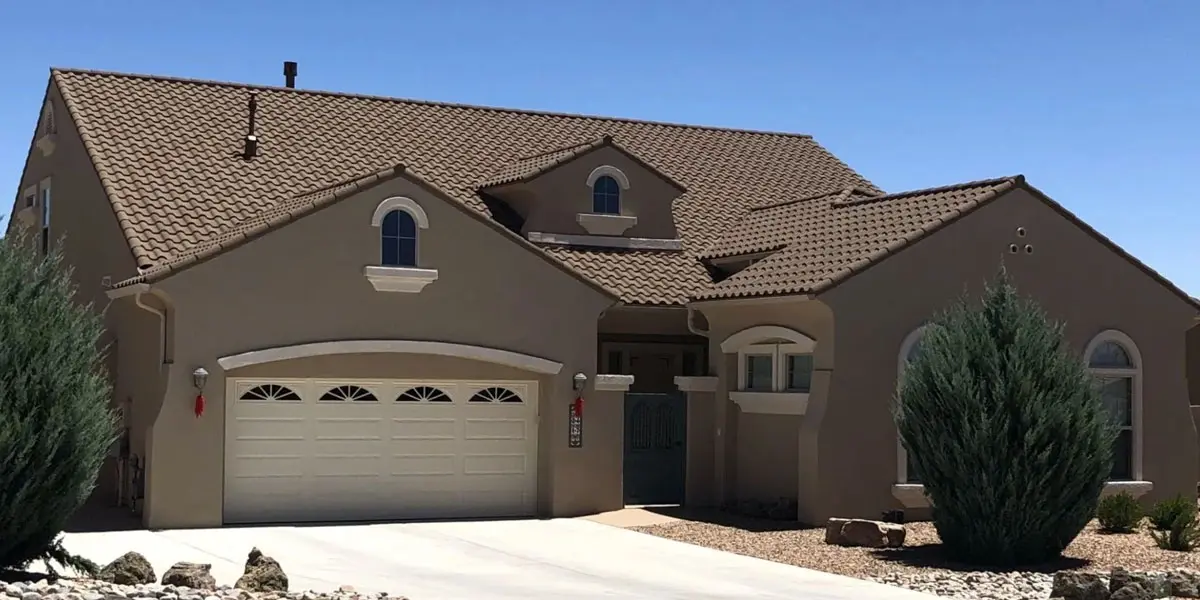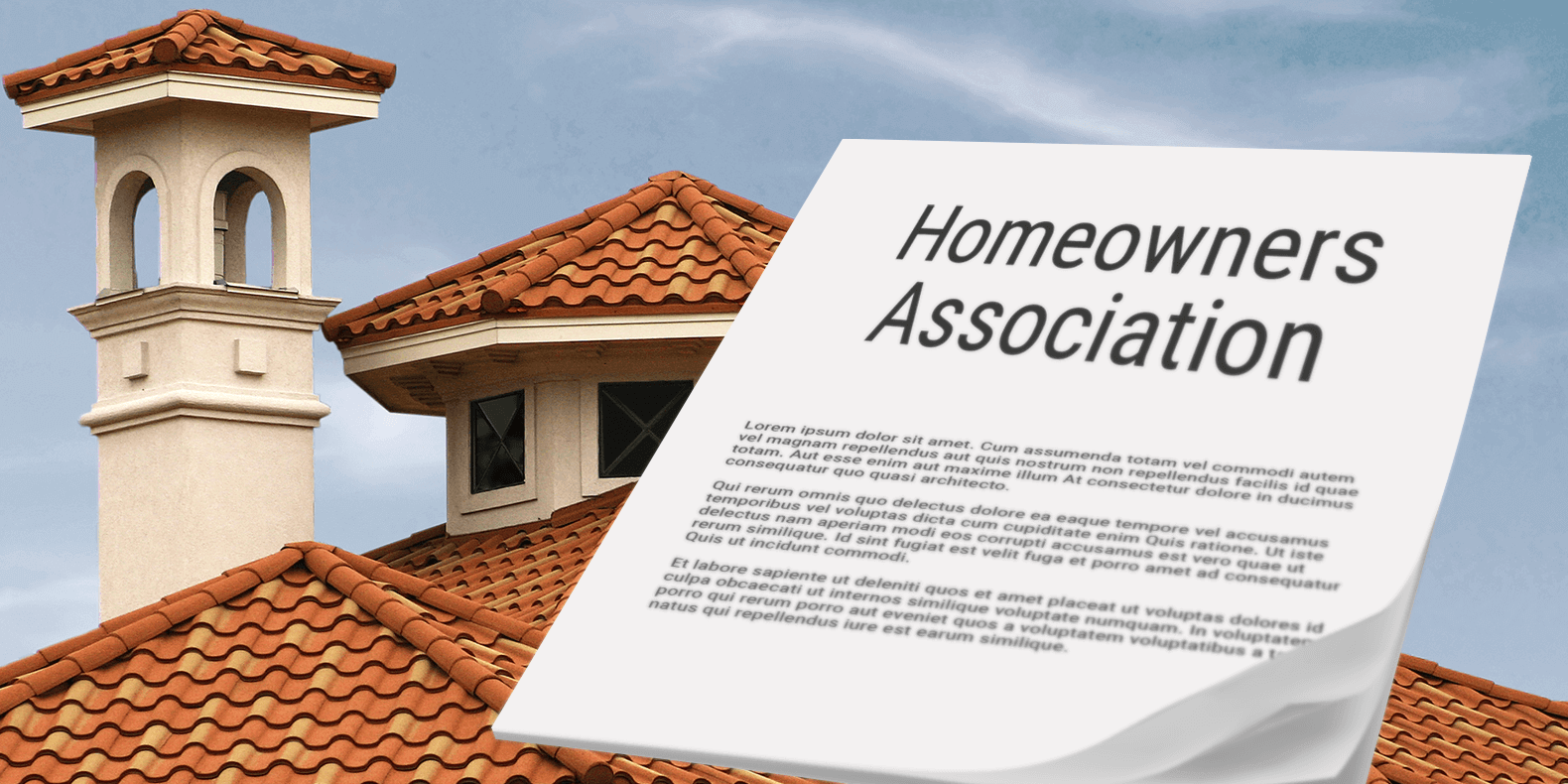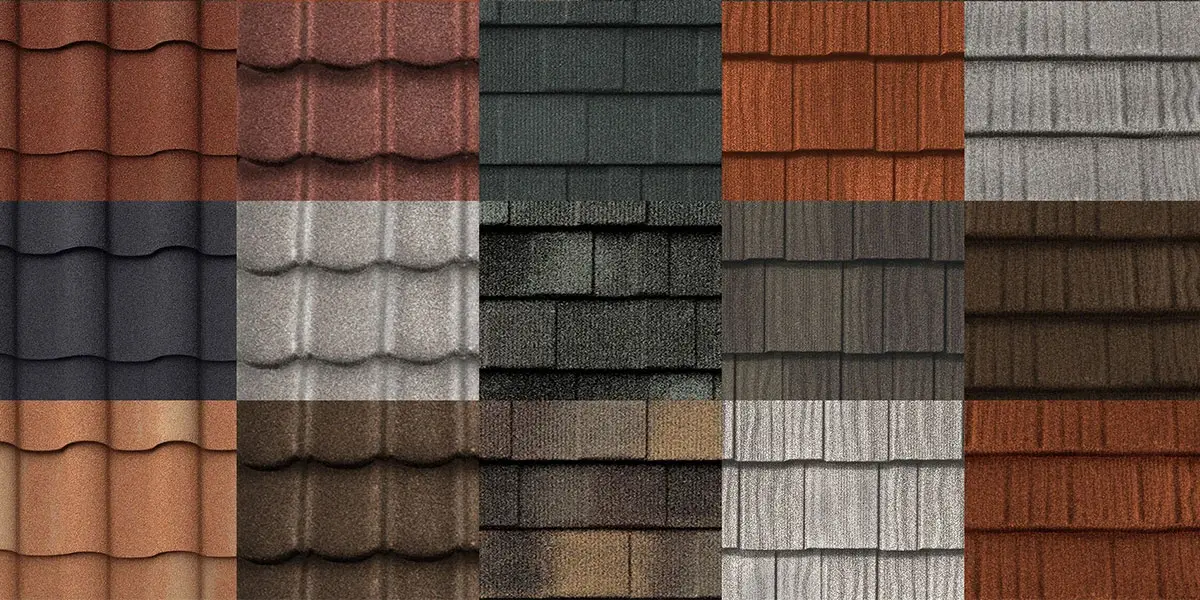If you’re a homeowner planning a roof remodel, choosing a new roofing material can feel like a daunting task. With so many options–from traditional materials like asphalt shingles, wood shakes, and clay tiles to modern, stone-coated metal–it’s hard to know where to start.
To help you make an informed decision, we’ll break down three key factors to consider:
- How easy each material is to install and maintain, including cleaning
- The durability of each option
- Budget considerations, both upfront and long-term
Wondering which material comes out on top? Keep reading to see why metal might just be your best all-around choice.
Ease of Installation and Maintenance
A roof remodel is a significant project, but it shouldn’t cause unnecessary stress or disruption for the homeowner. Choosing a roofing material that is easy to install and maintain can make all the difference, saving you time and headaches down the road.
When considering ease of maintenance, it’s important to select a roof that doesn’t require constant attention or costly repairs. You’ll want a material that stands up to the elements without frequent issues.
Asphalt Shingles
Asphalt shingles are the most common roofing material in the U.S., thanks to their affordability and availability. They are relatively easy to install and can be put on by almost any roofing contractor. However, there are a few considerations:
- Installation Challenges: While asphalt shingles are often laid over old roofing (known as a roof over), sometimes the home’s structure can’t support the extra weight. This means the old shingles must be removed, adding to the cost and time of installation.
- Seasonal Limitations: While asphalt shingles can technically be installed in the winter, it’s generally not recommended due to the challenges and risks associated with cold weather. Shingles are less flexible in cold temperatures, making them prone to cracking or breaking during handling and installation.
- Maintenance Concerns: As they age, asphalt shingles are prone to wear and tear, losing granules and showing signs of cracks, warping, or missing shingles. Regular inspections are needed to ensure their longevity.
Wood Shakes
Wood shakes are a popular choice for homes with a classic or coastal aesthetic. They offer a rustic charm but require more upkeep compared to asphalt shingles.
- Installation Requirements: Installing wood shakes is a more involved process, often requiring the removal of existing roofing materials to ensure proper fastening and moisture control.
- Maintenance Issues: Over time, wood shakes can trap moisture, leading to mold, moss, or mildew growth, all of which require frequent cleaning. They also crack and split more easily, especially after storms, and matching the new shakes to the weathered look can be difficult.
Clay Tiles
Clay tiles, while beautiful for Mediterranean-style homes, are heavier than other roofing materials and can place additional stress on your home’s structure.
- Fragility: Clay tiles are more likely to break or shatter in severe weather conditions, and they can be easily damaged just by walking on them. This makes them less ideal for homeowners looking for an easy-maintenance option.
- Installation Limitations: Installing clay tiles requires special attention to ensure the roof structure can support the weight, and they’re generally not suitable for colder climates where freezing and thawing can cause issues.
Stone-Coated Metal
While not all contractors may be familiar with installing stone-coated metal roofing, homeowners value the long-term benefits this solution offers.
- Installation Flexibility: DECRA’s metal roofing can be installed year-round, even in winter, as long as conditions are safe. This flexibility helps homeowners avoid the hassle of peak season delays.
- Roof-Over Capabilities: This lightweight material can be installed directly over existing asphalt shingles, cutting down installation time and saving homeowners the expense ofa tear-off. Plus, it keeps old shingles out of landfills.
- Low Maintenance: Stone-coated metal roofing is resistant to mold, rust, and oxidation, requiring minimal upkeep over time.
Durability
No matter where you live, your roof needs to withstand extreme conditions, and certain roofing materials simply can’t stand up to the test over the long term.
When it comes to hail protection, fire resistance, and wind performance, metal roofing is a clear leader. It lasts two to three times longer than asphalt shingles, wood shakes, and clay tiles, and it comes with some of the highest ratings on the market.
Here are some reasons why contractors and homeowners alike trust DECRA:
- Hail: Hailstones can be devastating to roofs, causing cracks, dents, and even punctures in less durable materials like asphalt shingles, wood shakes, and clay tiles. Roofing materials are rated from Class 1 to Class 4 based on their resistance to impact, with Class 4 being the highest rating. DECRA Metal Roofs carry the highest UL 2218 Class 4 Impact Rating, meaning they withstand the harshest conditions without compromising performance. Plus, DECRA is warrantied against damage from hailstones up to 2.5 inches in diameter.
- Wind and Rain: During hurricanes and tornadoes, rain can be just as destructive as the wind, seeping beneath less secure roofing materials and causing water damage to the roof decking and interior. DECRA panels are warrantied for winds up to 120 mph and lab-tested at twice that velocity. They’re also approved for use in high-velocity hurricane zones (HVHZs), including Miami-Dade, Florida–home to some of the nation’s strictest building codes.
- Fire: Roofing materials are rated based on their fire resistance, with Class A offering the highest level of protection. A Class A rating means the material provides superior defense against flame penetration and surface flame spread, helping to safeguard homes in wildfire-prone areas. DECRA Metal Roofing holds a Class A fire rating without the need for chemical treatments or additional underlying materials, ensuring built-in fire resistance. Unlike lower-rated materials, Class A roofing can withstand direct flame exposure without igniting, making it a practical choice for long-term safety and peace of mind.
In snowy climates, DECRA’s lightweight design allows it to withstand heavy snowfalls without adding excessive strain to the roof structure. Its textured surface helps shed snow efficiently, preventing dangerous buildup. Plus, DECRA’s hollow-core design stabilizes roof surface temperatures, minimizing freeze-thaw cycles that lead to ice dams and potential water damage.
Traditional materials simply can’t match its performance.
Budget Considerations for Now and the Future
A roof is a major investment. So, how do different roofing materials stack up in terms of cost?
Asphalt shingles are the least expensive option, ranging from $1.71 to $6.12 per square foot. This makes them a go-to choice for homeowners on a tight budget. However, asphalt roofs have a limited lifespan of 10 to 20 years, meaning repairs and replacements could add up over the long run.
Wood shakes range from $4 to $7.25 per square foot, while clay tiles cost between $7.80 and $14.05 per square foot. As for metal roofing, it runs from $23.81 to $43.42 per square foot.
While metal roofing has a higher upfront cost, its average lifespan of 40 to 80 years means you could replace an asphalt roof multiple times over that same period.
Beyond longevity, metal roofing provides additional financial benefits that traditional materials simply can’t match:
- Energy Efficiency: By reflecting the sun rather than absorbing it, metal roofing can reduce cooling costs by up to 25%.
- Insurance Savings: Many insurers offer discounts for metal roofs due to their superior durability.
Increased Home Value and Return on Investment: A metal roof can increase your home's resale value by up to 6% compared to asphalt shingles. Additionally, you can recoup an average of 85.9% of your investment in a metal roof. - Lower Maintenance Costs: Unlike asphalt, wood, or clay, metal roofing requires minimal upkeep, saving you time and money over the years.
Choose DECRA Metal Roofing for Your Home
When it comes to installation, durability, maintenance, and long-term value, stone-coated metal is a top choice. And with DECRA, strength doesn’t mean sacrificing style.
Available in a variety of colors and profiles that replicate tile, shake, and shingle roofing, DECRA complements any architectural style, enhancing your home’s curb appeal while providing long-lasting durability.
See the DECRA difference for yourself by requesting a complimentary sample or using our online visualization tool to preview how it will look on your home. When it’s time to choose a roof, go with DECRA.






